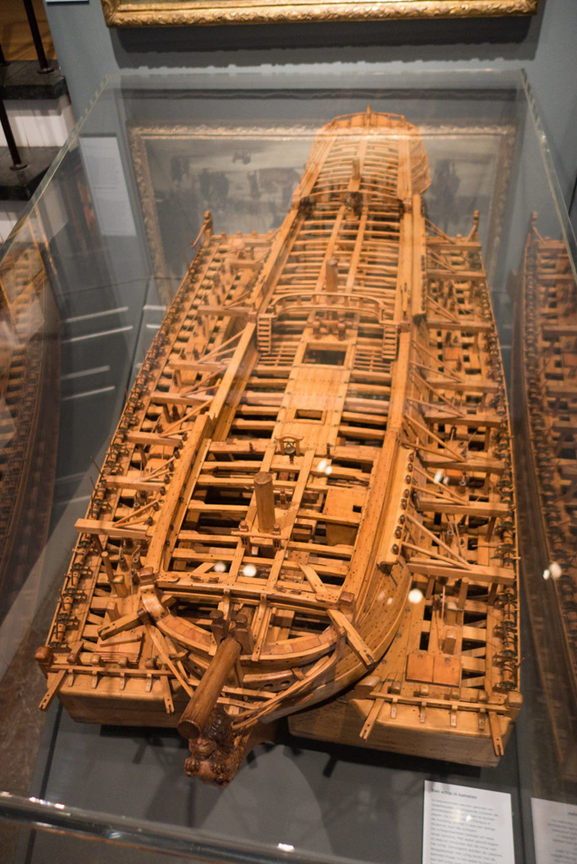Need Reliable Computer Services: Call (352) 224-3866
The Desktop of Theseus, Part I: Our Journey Begins #TBT
Written by Benjamin Syn on August 05, 2021 Under Theseus
Originally published April 27, 2021
To honor Theseus, the Athenians continually maintained his famous ship for years as a museum piece. As planks would rot out, the Athenians would restore his ship by replacing these with fresh wood. The same was true for the oars, masts, and each other part of the boat—until one day, after a century, they had replaced every component of Theseus's ship. If there is nothing left on this ship from its original construction, is this the same ship? At what point did it stop being Theseus's ship and become something new?
These questions have been debated by philosophers, from Plato and Plutarch to Thomas Hobbes and John Locke, for over two millennia. Professor Marc Cohen explains, "Under what conditions does an object persist through time as one and the same object?"

"Model of ancient ship-building techniques" by quinet is licensed under CC BY 2.0
Theseus in Our Lives
For most, the Ship of Thesis is just a fun thought experiment, but for those of us who work in IT, this is something we wrestle with all the time. We take on a new client. The client wants a faster network, so we upgrade their router and switches. Then, the client's workstations and servers age, so we replace these with new and better business-class machines. The client is doing well, so they move to a bigger office—where we run new cable and help them replace their modem from a previous internet service provider for a new one. We call it the same SSID, but is this the same network?
This evolving system isn't just limited to networks. Desktop computers are quite often Theseus's ships. We get a computer and, at first, everything is perfect. Then it starts running too slow, so first, we replace the RAM.[1] Second, we get to replace the hard disk drive with a solid-state drive. Third, we get a bigger monitor, an ergonomic keyboard, and a gaming mouse. Fourth, we upgrade the operating system. Fifth, we switch out the CPU and motherboard. But all this power requires liquid cooling, so sixth, we need a larger tower case. And the cycle begins anew with more RAM, larger hard drives, etc.
Is this still the same computer? At what point did it become a new computer?
To Boldly Go
Let's try this out and see. Over the next few weeks, I am going to build a computer. This computer is going to grow and change with parts added and components replaced. We'll compile all the required hardware until we can get it up and running. Then, we'll add software such as an operating system and set sail for the open internet. And along our journey, we'll keep upgrading, and this computer will keep evolving.
But where to start? Well, learning of my undertaking, my wonderful colleagues—Manuel and Marcel—were kind enough to provide me a motherboard and CPU for this build. The motherboard is an ASRock B450M-HDV MicroATX. The processor is a 3.8 GHz AMD A-series A10-5800K four-core processor.
These fantastic parts were available because my predecessor wanted to upgrade the very computer that I am using right now to write these words. This means that, with these very first components, there is a history in these parts. They were originally a part of one computer but were replaced with "newer and stronger timber in their place," as Plutarch would say. Now, these cast-off parts will have another chance for a new life and a new journey …
Next time, we'll talk about my search for the perfect case to house this motherboard and processor as we continue our build of the Desktop of Theseus.
[1] I believe that every computer I've ever had access to—even all the laptops—had a way for users like me to upgrade the RAM.
Call Us: (352) 224-3866